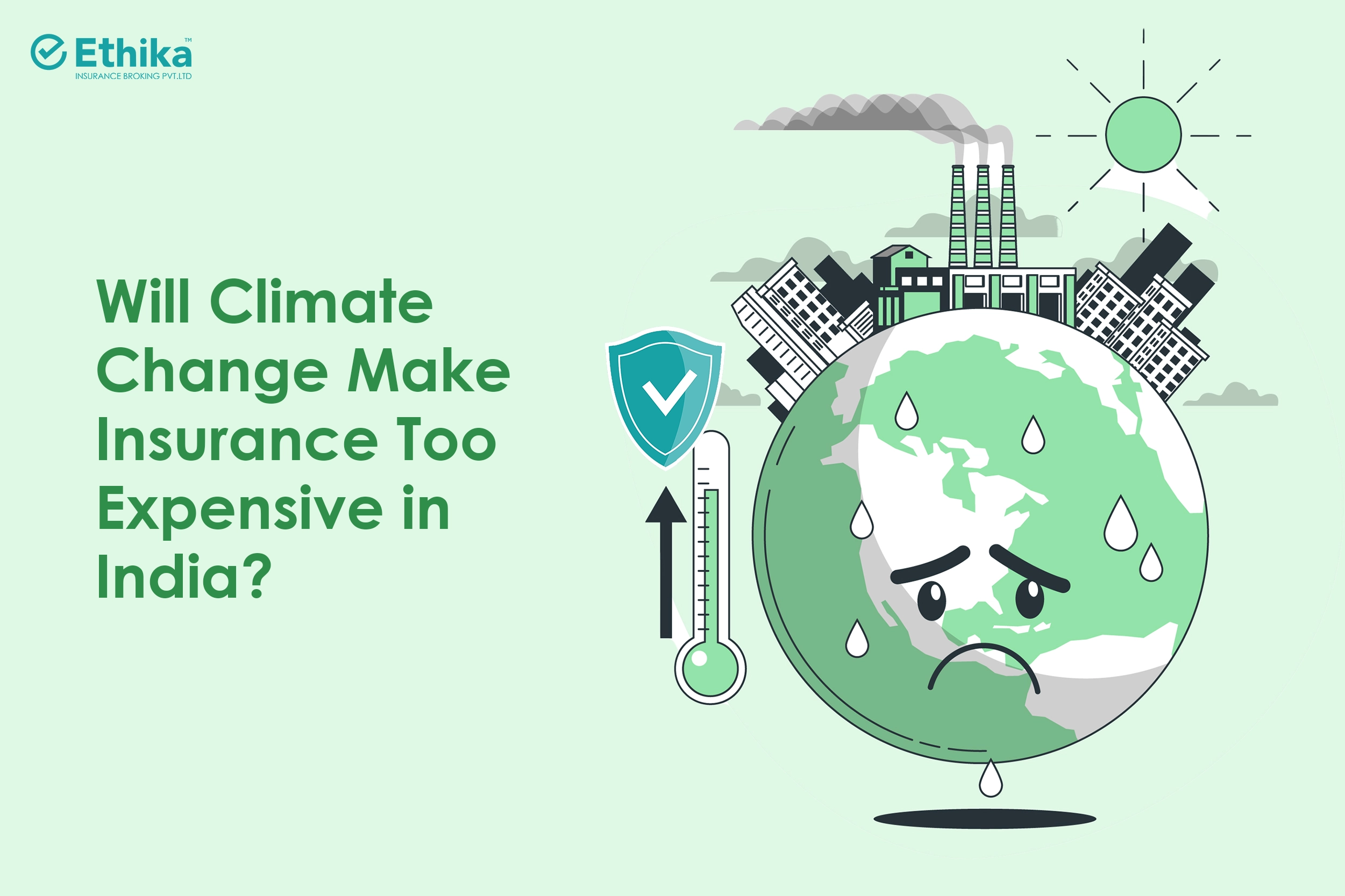
Ashneer a financially literate 40 something found himself screaming at the top of his voice. He was at the office of an insurer to renew his Fire policy. But the premium of his policy had increased by about 40%. What the hell he thought. Am I in a dream? But the Insurer told him that they had changed the reinsurance markets were hardening and premiums for NATCAT perils had sky rocketed. And that was when Ashneer lost it. Do you know what percentage of India is penetrated with general insurance – 1%. Yes, that is right. You ****ers arent doing your jobs of increasing penetration in the country and you penalize the good guys? Really?
Well, we would want to say that was Ashneers nightmare, but we are worried that it would soon come to that.
Read on to know how.
What’s on this page?
The Emergence of crisis
As India struggles with adverse climate changes, the insurance industry faces more significant challenges. The increase in frequency and severity of extreme weather events like cyclones, floods, and droughts are causing various damages, leading to a higher number of insurance claims. As a result, insurers have to raise premiums, particularly in high-risk areas. This in turn has made insurance coverage more costly and less accessible.
Insurance model
As we know that insurance works on the principle that as many contribute premiums there are very few who experience losses and receive coverage for that. However, as the number of people affected by climate induced disasters rises then the insurers must distribute these risks among policyholders which will ultimately lead to increase in premiums. Moreover, various reinsurance companies like Munich Re play a vital role in mitigating these risks for primary insurers and ensuring stability in the market.
Challenges for Insurers
The insurance companies in India are reassessing their risk models and adjusting their premiums accordingly. For example, regions that are prone to floods or cyclones are seeing rise in insurance costs. For extreme cases insurers may also withdraw from markets with high risks, leaving individuals and businesses without coverage. Companies like State Farm have also ceased their operations in high risk areas like California because of an increase in natural disaster claims.
The Impact On Economy
As India has vast and diverse geography, it faces more unique challenges. More damage is caused by extreme weather conditions, due to which insured damages also increase annually.
For instance, the cyclones in South India specifically in the Bay of Bengal and floods in Kerala have led to more insurance claims, stretching the resources of insurance companies. As more climate changes, these insurance costs are expected to rise because of which insurers and policyholders will face greater financial burden.
Role of Damage Prevention
Proactive damage and preventive measures are important in order to mitigate these rise in costs. Here’s some ways that can help
- Invest in climate-resilient infrastructure like in flood barriers, cyclone shelters, and robust drainage systems which helps to reduce potential damages and insurance claims.
- Urban Planning; enforce zoning regulations and integrate green infrastructure solutions that will protect properties and maintain affordable insurance.
- Spread awareness by educating communities on climate risks and preparedness measures that will help to minimize losses and enhance resilience.
- Leveraging Technology like using GIS and remote sensing for accurate risk assessment and targeted preventive measures.
- Government Support such as implementing policies that incentivize climate-resilient infrastructure and enforce building codes incorporating climate risks.
The Insurance Regulatory and Development Authority of India (IRDAI) emphasizes the importance of such measures to manage risks and maintain affordable insurance premiums.
Various regions in India have successfully implemented damage prevention measures. For example, in 2018 there was a devastating flood in Kerala after which the state has invested heavily in flood management systems like in the construction of new dams and the improvement of existing drainage systems. These efforts have significantly reduced the vulnerability of the region to future floods, showcasing the effectiveness of proactive measures.
The Immediate Action Needed
Immediate action is required for addressing the increase in risks due to climate change. This also includes the implementation of robust climate adaptation strategies and investment in sustainable infrastructure. The economic burden of climate change will grow further if measures are not taken on an urgent basis which will make insurance unaffordable for many.
Conclusion
Climate change is significantly impacting the affordability and availability of insurance in India. The future of affordable insurance depends on collective efforts to mitigate climate risks through proactive and coordinated strategies. By investing in damage prevention and climate adaptation, India can ensure that insurance remains a viable safety net in an era of increasing climate challenges.